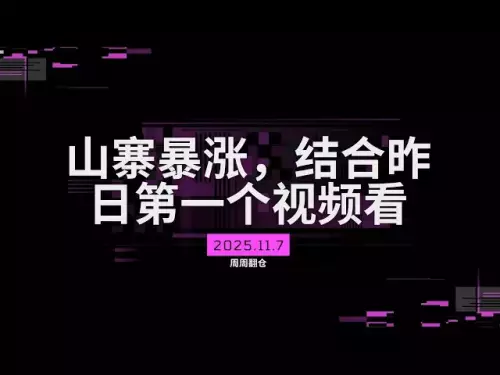-
 bitcoin
bitcoin $101752.865364 USD
-1.09% -
 ethereum
ethereum $3382.985899 USD
-1.38% -
 tether
tether $0.999658 USD
0.04% -
 xrp
xrp $2.272505 USD
-1.51% -
 bnb
bnb $989.089004 USD
0.14% -
 solana
solana $156.962612 USD
-3.08% -
 usd-coin
usd-coin $0.999776 USD
0.01% -
 tron
tron $0.290786 USD
-0.69% -
 dogecoin
dogecoin $0.174594 USD
-2.86% -
 cardano
cardano $0.560085 USD
-3.55% -
 hyperliquid
hyperliquid $40.023704 USD
-5.75% -
 chainlink
chainlink $15.324649 USD
-2.78% -
 bitcoin-cash
bitcoin-cash $493.576540 USD
-3.52% -
 zcash
zcash $571.320038 USD
-12.05% -
 stellar
stellar $0.280066 USD
-4.26%
What does it mean when RSI breaks through the overbought line and then falls back? Is it a trend reversal signal?
RSI breakthrough above 70 and subsequent fall may signal a trend reversal, but consider volume, price action, and other indicators for confirmation.
May 23, 2025 at 07:14 pm

The Relative Strength Index (RSI) is a momentum oscillator that measures the speed and change of price movements. It is commonly used to identify overbought or oversold conditions in the market. When the RSI breaks through the overbought line (typically set at 70) and then falls back, it can be interpreted in various ways, but one of the most common interpretations is that it might signal a potential trend reversal. However, it is crucial to understand the nuances and additional factors that should be considered before drawing conclusions.
Understanding RSI and Overbought Conditions
The RSI is calculated using the average gains and losses of an asset over a specified period, usually 14 days. The index oscillates between 0 and 100, with readings above 70 indicating overbought conditions and readings below 30 indicating oversold conditions. When the RSI breaks through the overbought line, it suggests that the asset may be overvalued and due for a price correction.
RSI Breakthrough and Fallback: A Potential Signal
When the RSI breaks through the overbought line and then falls back below it, this movement can be seen as a potential signal. Traders often interpret this as a sign that the bullish momentum is waning, and the asset might be entering a bearish phase. However, it is important not to rely solely on this single indicator for making trading decisions.
Factors to Consider Alongside RSI Movements
Several other factors should be considered alongside the RSI breakthrough and fallback:
- Volume: High trading volume during the RSI breakthrough and subsequent fall can reinforce the signal's validity.
- Price Action: Confirming price patterns, such as a bearish candlestick formation following the RSI fall, can strengthen the case for a trend reversal.
- Other Technical Indicators: Using other indicators like the Moving Average Convergence Divergence (MACD) or Bollinger Bands can provide additional confirmation.
False Signals and the Importance of Context
It is crucial to recognize that the RSI can generate false signals. Sometimes, an asset may remain overbought for an extended period, especially during strong bullish trends. Therefore, the RSI breakthrough and fallback should be analyzed in the broader context of the market environment and the asset's historical behavior.
Case Studies and Real-World Examples
To illustrate the concept, let's look at a couple of examples from the cryptocurrency market:
- Bitcoin in 2021: In April 2021, Bitcoin's RSI broke through the overbought line and then fell back. This coincided with a significant price correction from around $64,000 to $50,000, which many traders interpreted as a trend reversal. However, Bitcoin soon resumed its upward trajectory, highlighting the need for caution.
- Ethereum in 2020: In July 2020, Ethereum's RSI broke through the overbought line and then fell back. This was followed by a period of consolidation before a further upward move. This example underscores that an RSI breakthrough and fallback does not always lead to an immediate trend reversal.
Strategies for Trading Based on RSI Movements
When considering trading based on RSI movements, here are some strategies that traders might employ:
- Waiting for Confirmation: Instead of acting immediately on the RSI breakthrough and fallback, traders might wait for additional confirmation from other indicators or price action.
- Using Multiple Timeframes: Analyzing the RSI on different timeframes can provide a more comprehensive view of the asset's momentum.
- Setting Stop-Losses: Implementing stop-loss orders can help manage risk if the expected trend reversal does not materialize.
Practical Steps for Analyzing RSI Breakthrough and Fallback
Here are some practical steps for analyzing an RSI breakthrough and fallback:
- Identify the Breakthrough: Use charting software to identify when the RSI breaks through the overbought line (70).
- Monitor the Fallback: Observe if the RSI falls back below the overbought line.
- Check Volume: Look at the trading volume during the breakthrough and fallback to assess the strength of the signal.
- Analyze Price Action: Examine the price action following the RSI movements for confirming patterns.
- Consult Other Indicators: Use additional technical indicators to validate the potential trend reversal.
- Review Historical Data: Compare the current RSI movements with historical data to gauge the asset's typical behavior.
Conclusion and FAQs
In conclusion, while an RSI breakthrough and fallback can be a potential signal for a trend reversal, it should be analyzed in conjunction with other factors and indicators. Here are some frequently asked questions related to this topic:
FAQ 1: Can the RSI be used as a standalone indicator for trend reversals?No, the RSI should not be used as a standalone indicator for trend reversals. It is best used in conjunction with other technical indicators and price action analysis to increase the accuracy of trading signals.
FAQ 2: How often does an RSI breakthrough and fallback lead to a trend reversal?The frequency of an RSI breakthrough and fallback leading to a trend reversal varies depending on market conditions and the specific asset. It is not a guaranteed signal and should be evaluated on a case-by-case basis.
FAQ 3: What other indicators can be used to confirm an RSI signal?Other indicators that can be used to confirm an RSI signal include the Moving Average Convergence Divergence (MACD), Bollinger Bands, and volume analysis. Each of these can provide additional insights into the market's momentum and potential trend changes.
FAQ 4: Is there a specific timeframe that is best for analyzing RSI movements?There is no one-size-fits-all answer to this question. Different timeframes can provide different insights. Short-term traders might focus on hourly or daily charts, while long-term investors might look at weekly or monthly charts. It's often beneficial to analyze RSI movements across multiple timeframes for a more comprehensive view.
Disclaimer:info@kdj.com
The information provided is not trading advice. kdj.com does not assume any responsibility for any investments made based on the information provided in this article. Cryptocurrencies are highly volatile and it is highly recommended that you invest with caution after thorough research!
If you believe that the content used on this website infringes your copyright, please contact us immediately (info@kdj.com) and we will delete it promptly.
- Ripple (XRP) in 2026: Hold or Fold? A Look at XRP's Future and Emerging DeFi Alternatives
- 2025-11-08 18:35:01
- Zcash ZEC Coin Price Explosion: From Privacy Niche to Center Stage
- 2025-11-08 18:55:01
- Berachain Price Prediction: Navigating the Honeycomb Hype in Crypto
- 2025-11-08 18:55:01
- Arthur Hayes, Gold, and Bitcoin: A Modern Monetary Trinity?
- 2025-11-08 19:15:01
- Shiba Inu's Next Move: Navigating a Shifting Market
- 2025-11-08 19:20:01
- Pakistan's Crypto Crossroads: Balancing Opportunity with Asset-Backed Realities
- 2025-11-08 19:20:01
Related knowledge
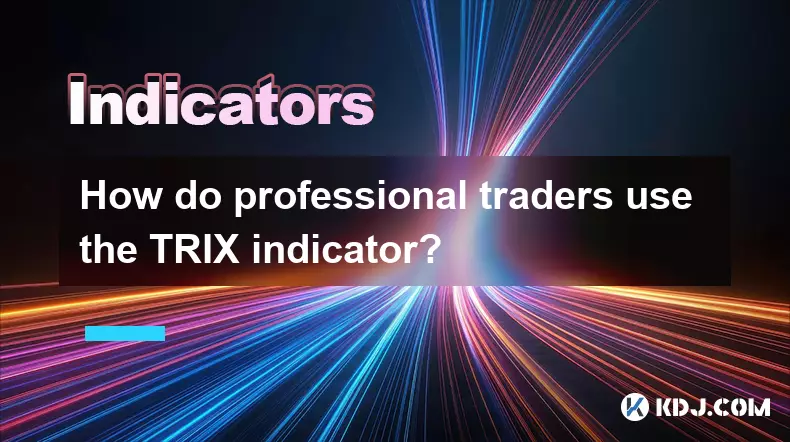
How do professional traders use the TRIX indicator?
Nov 06,2025 at 04:40pm
Understanding the TRIX Indicator in Crypto TradingThe TRIX (Triple Exponential Average) indicator is a momentum oscillator used by professional trader...
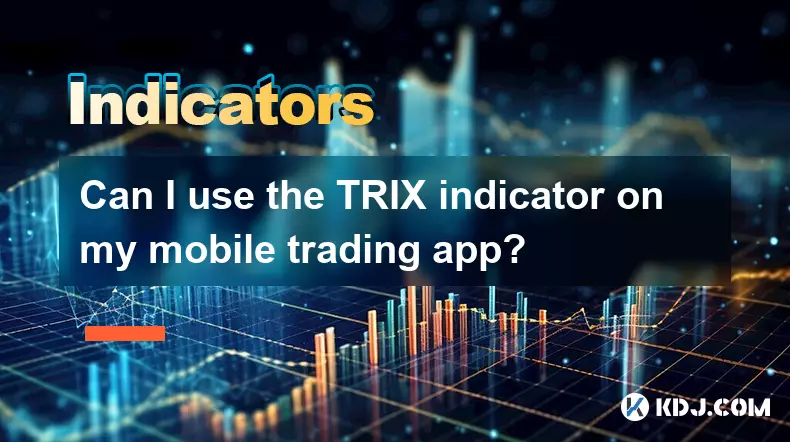
Can I use the TRIX indicator on my mobile trading app?
Nov 07,2025 at 07:40pm
The TRIX indicator, a momentum oscillator designed to filter out short-term fluctuations and highlight long-term trends, has become increasingly popul...
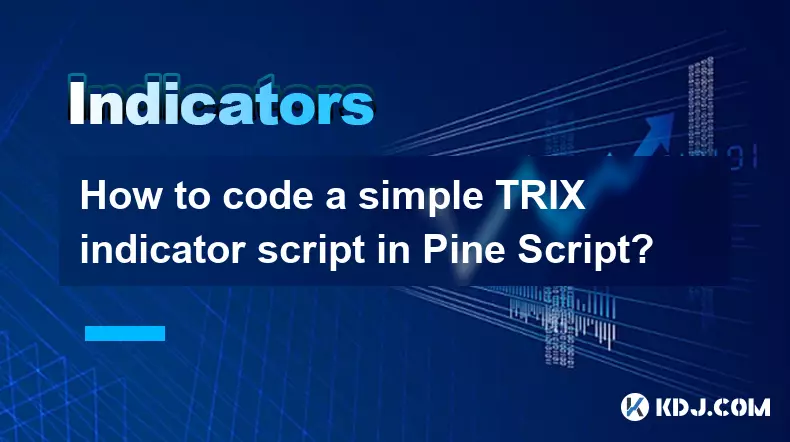
How to code a simple TRIX indicator script in Pine Script?
Nov 07,2025 at 06:20am
How to Code a Simple TRIX Indicator in Pine Script The TRIX (Triple Exponential Moving Average) indicator is widely used in cryptocurrency trading to ...
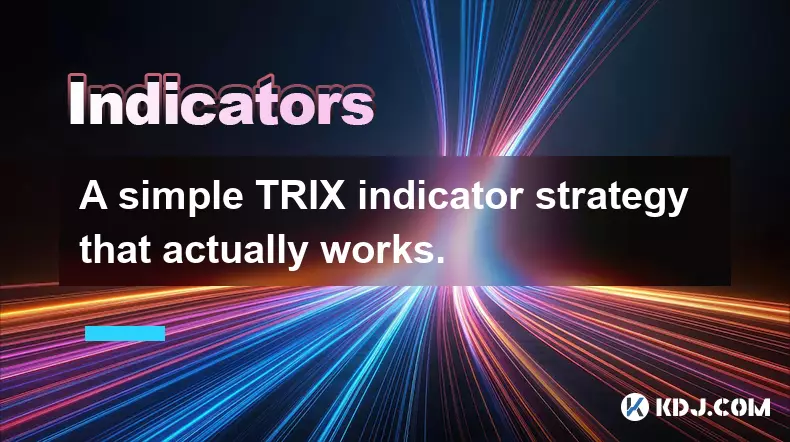
A simple TRIX indicator strategy that actually works.
Nov 08,2025 at 05:39pm
Understanding the TRIX Indicator in Crypto Trading1. The TRIX (Triple Exponential Average) indicator is a momentum oscillator designed to filter out s...
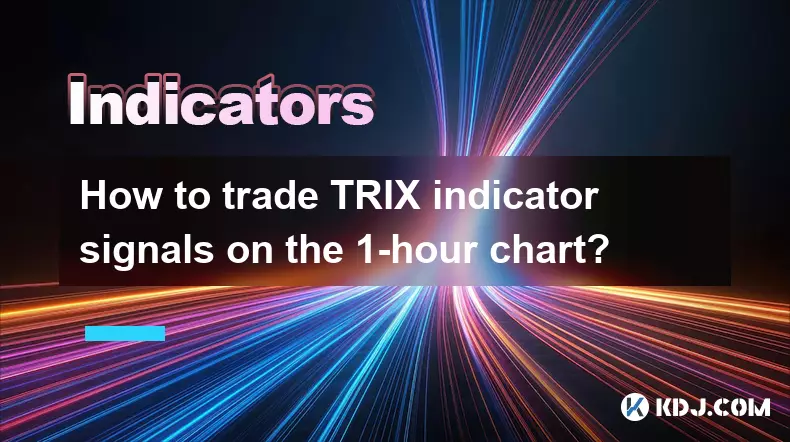
How to trade TRIX indicator signals on the 1-hour chart?
Nov 07,2025 at 05:39am
Bitcoin's Role in Decentralized Finance1. Bitcoin remains the cornerstone of decentralized finance, serving as a benchmark for value and security acro...
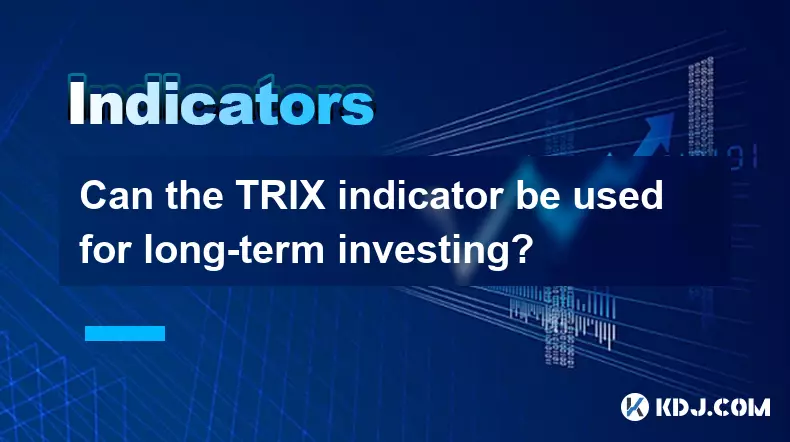
Can the TRIX indicator be used for long-term investing?
Nov 06,2025 at 02:19pm
Understanding the TRIX Indicator in Cryptocurrency Markets1. The TRIX (Triple Exponential Average) indicator is a momentum oscillator designed to filt...

How do professional traders use the TRIX indicator?
Nov 06,2025 at 04:40pm
Understanding the TRIX Indicator in Crypto TradingThe TRIX (Triple Exponential Average) indicator is a momentum oscillator used by professional trader...

Can I use the TRIX indicator on my mobile trading app?
Nov 07,2025 at 07:40pm
The TRIX indicator, a momentum oscillator designed to filter out short-term fluctuations and highlight long-term trends, has become increasingly popul...

How to code a simple TRIX indicator script in Pine Script?
Nov 07,2025 at 06:20am
How to Code a Simple TRIX Indicator in Pine Script The TRIX (Triple Exponential Moving Average) indicator is widely used in cryptocurrency trading to ...

A simple TRIX indicator strategy that actually works.
Nov 08,2025 at 05:39pm
Understanding the TRIX Indicator in Crypto Trading1. The TRIX (Triple Exponential Average) indicator is a momentum oscillator designed to filter out s...

How to trade TRIX indicator signals on the 1-hour chart?
Nov 07,2025 at 05:39am
Bitcoin's Role in Decentralized Finance1. Bitcoin remains the cornerstone of decentralized finance, serving as a benchmark for value and security acro...

Can the TRIX indicator be used for long-term investing?
Nov 06,2025 at 02:19pm
Understanding the TRIX Indicator in Cryptocurrency Markets1. The TRIX (Triple Exponential Average) indicator is a momentum oscillator designed to filt...
See all articles





















![The Graph Price Prediction [GRT Crypto Price News Today] The Graph Price Prediction [GRT Crypto Price News Today]](/uploads/2025/11/07/cryptocurrencies-news/videos/690d4df44fe69_image_500_375.webp)



